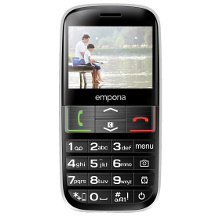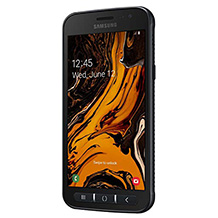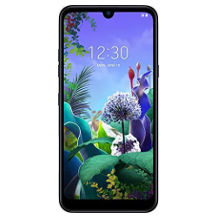Sony phone purchasing advice: how to choose the right product
- What You Need to Know
- Sony smartphones are characterised by their angular design.
- Since 2008, the devices of the Japanese manufacturer have been in competition with Apple, Samsung and Co.
- They have powerful processors, up to 8 gigabytes of RAM and up to 256 gigabytes of internal memory, which can be expanded with a microSD card.
- The current models with 4 to 6 inch displays offer HD resolution and cameras with multiple focal lengths.
- The Xperia 1 II, the Xperia 5 II and the Xperia 10 II are the latest models from Sony.
Smartphones from Sony: With corners and edges
The Japanese manufacturer Sony is one of the world’s largest producers of electronic products. Its range includes televisions, loudspeakers, consoles, headphones and, of course, smartphones. In the smartphone sector, Sony competes with the other big manufacturers Apple, LG, Samsung, HTC and Huawei.
While the smartphone market is dominated above all by the innovation hotbed Apple and the South Korean tech factories LG and Samsung, HTC, Huawei and Sony are lagging behind. The manufacturers are trying not to lose touch, but have to accept fluctuating market shares. Sony’s international market share is less than one per cent in the first half of 2021, according to Statista. Other manufacturers produce far more smartphones than the Japanese company, whose main focus is rather on other areas. Sony’s mobile phones may be a niche product, but the technical performance cannot be ignored – so the Sony smartphone is well worth buying.
The beginnings of the Sony smartphone
The first smartphone from Sony was the Xperia X1, which the manufacturer brought onto the market in 2008. At that time, it was still Sony Ericsson, a wholly owned subsidiary of Sony, that was responsible for smartphone production.
The operating system
Sony relies on Google’s Android operating system. With a market share of 85 per cent, it is the most widespread operating system. The biggest competition comes from California, the birthplace of Apple. The US manufacturer uses its own iOS operating system on its own brand devices. Android has the advantage over iOS that it is an open, device-independent operating system. So you are not dependent on a brand to link your devices together. The user interface of Android can be customised. In addition, the Google Play Store offers a greater variety of apps.
The strengths of Sony smartphones
Technically, Sony was able to score right from the start. The cameras built into the smartphones were far ahead of many other brands. Likewise, the performance of the batteries was positively highlighted for a long time. In the meantime, the manufacturer has had to vacate its top position in this criterion, but the batteries still score points with reliable performance, even though the competition has caught up in this respect and even overtaken Sony in some cases.
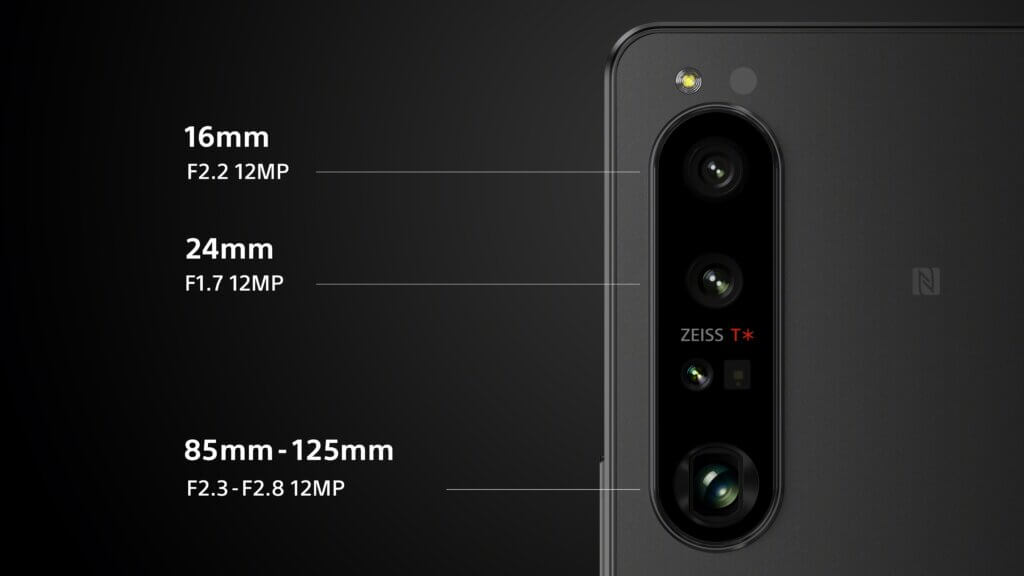
When the company completely overhauled the design in 2017, interest in Sony smartphones rose again – and so did the sales figures. Today, the sales figures of Sony smartphones on the international market are manageable, but the manufacturer still delivers devices with a beautiful design and technical performance. In addition to the first-class camera technology, the quality of the audio reproduction stands out positively. Here, the many years of experience with loudspeakers and other devices of audio entertainment electronics are evident.
Pro points
- Powerful camera technology
- Contemporary design with large display
- High-quality workmanship
- Very good audio technology
Drawbacks
- Battery performance sometimes too low
The models at a glance
Sony smartphones can be divided into three model classes: Entry-level, mid-range and upper-range models. The flagship of the manufacturer are the smartphones of the XZ series. With prices ranging from 400 to 800 euros, they are by no means cheap, but they offer the latest high-end technology. Sony is one of the few manufacturers of compact mobile phones with premium technology. These phones have a screen diagonal of less than five inches without sacrificing technology.
Entry-level and mid-range models
Sony smartphones in the Xperia XA, Z, L and E series are among the manufacturer’s entry-level and mid-range models. With acquisition costs of 150 to 300 euros, they are comparatively cheap. However, they have reliable technology and all the functions you need in everyday life: an easy-to-use Android interface through which you can make calls and use applications from the app store.
The L and E series have cameras with less than 10 megapixels, while the XA and Z models have cameras with up to 20 or more megapixels. The display size is usually around 5.0 to 5.5 inches. The design of the low-cost Sony devices does not have to hide behind that of the Japanese smartphone flagships.
Sony smartphones of the upper class
The XZ and XZ Compact series are among Sony’s upper-class smartphones. Only the latest technology is used in the models of the XZ series. The devices are protected all around and are usually waterproof. They have up to 6 gigabytes of RAM and displays with a diagonal screen size of 5 to 6 inches, i.e. 12.7 to 15.2 centimetres. In terms of performance, they can compete with the top products of other manufacturers. However, these models are more expensive than the entry-level devices.
The smartphones of the XZ Compact series are cheaper. They are also waterproof, use the latest technology and have sufficient RAM. However, the displays are only between 4 and 5 inches, i.e. 10.2 and 12.7 centimetres. This makes them particularly compact, but they have a good camera.
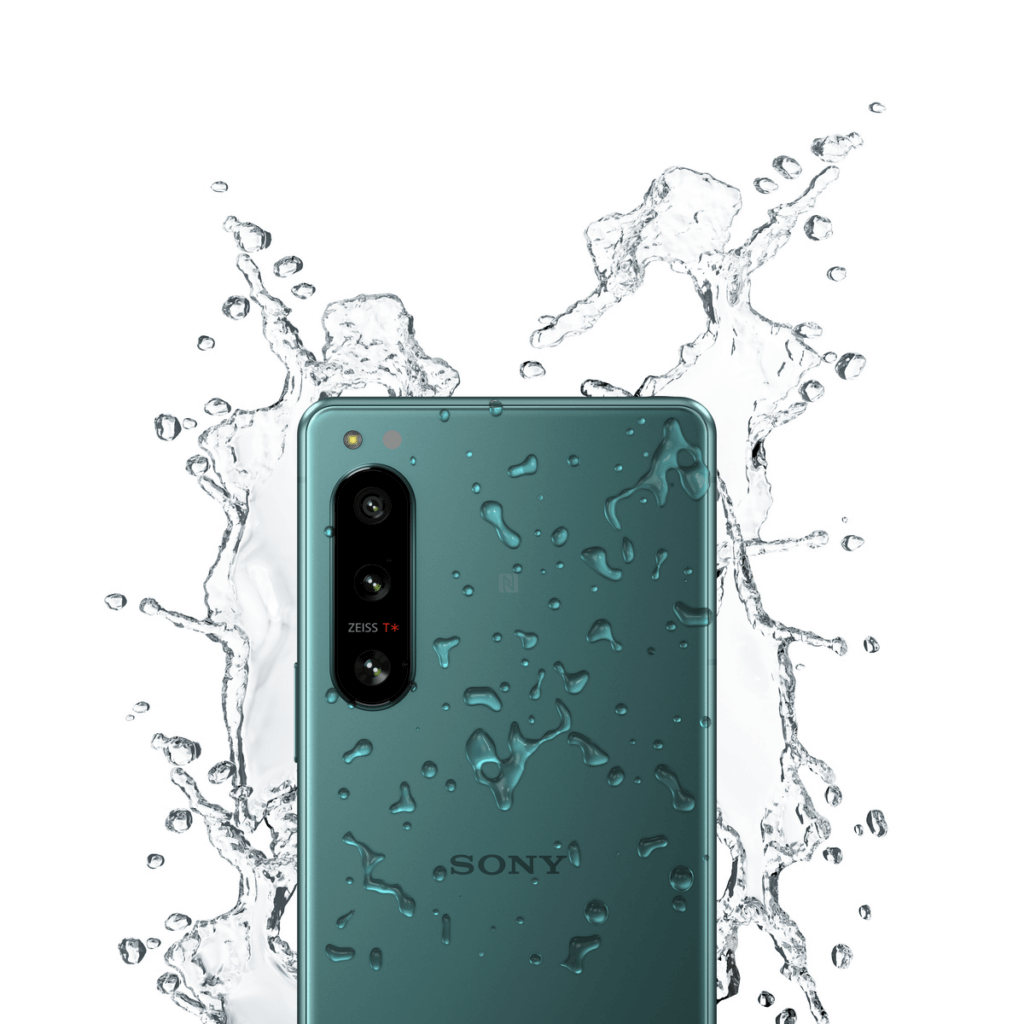
Sony’s latest models, the Xperia 1, 5 and 10, are also among the manufacturer’s premium devices. The smartphones, each of which has since received a successor with the addition “II”, have cameras with more than 10 megapixels, a RAM of up to 8 gigabytes and a flash memory of several hundred gigabytes. In addition, the latest devices are all-round waterproof and equipped with Android 10, the latest version of the operating system.
What to look for when buying a Sony smartphone
When choosing a new smartphone, there are a few points to consider. Regardless of whether your decision is brand-related or brand-independent, the technical aspects and qualitative features of the devices are particularly relevant. Important criteria are the processor, the memory and the battery performance as well as the camera technology, the display size or resolution and the impermeability, i.e. the IP value. Last but not least, the design plays a role, as the smartphone should convince both visually and haptically.
Processor and RAM
The combination of a powerful processor and plenty of RAM also promises fast work for smartphones. Make sure that the device you are looking for has a high-quality processor. The RAM on most Sony devices is 4 gigabytes; depending on the price range, the devices have less or even more, for example up to 8 gigabytes. A processor with multiple cores is always more powerful. A processor with at least four cores is recommended, which is standard on the majority of Sony models.
Internal memory
In addition to the pure RAM, the internal storage space of the smartphone is also significant. With enough memory, you have the possibility to install apps as well as store pictures, videos and other files. Since the internal memory of a smartphone is quickly occupied, it should be at least 32 gigabytes. Some devices have 64 or 128 gigabytes of memory, while the latest models even have 256 gigabytes of internal memory. Sony also offers the option of expanding the memory on most smartphones. If your smartphone is compatible with the appropriate microSD card, you can expand the internal memory by up to 2 terabytes.
Battery capacity
The attractiveness of a smartphone stands and falls with the performance of its battery. It is specified in milliampere hours, or mAh for short. The batteries of most Sony smartphones last for a normal day, so you don’t have to charge the device several times a day. With a screen diagonal of more than five inches, a battery with a capacity of 3,000 milliampere hours is now standard. Larger Sony models have a correspondingly more powerful battery.
Camera
With regard to the camera, the megapixels are the most important factor. The higher the value, the better the resolution of the camera. This means that the pictures are sharper. A good camera should have at least 10 megapixels. However, other factors such as colour fidelity, the lens and the image sensor are also decisive for a good picture.
Display size and resolution
Sony smartphones in the upper class are particularly powerful even with a small display. The manufacturer’s XZ Compact series has displays with a screen diagonal between 4 and 5 inches and are particularly compact in design. The display resolution of 1,920 x 1,080 pixels nevertheless offers high quality in high definition. It is also found in the XZ series with a screen diagonal of 5 to 6 inches. Only Sony’s entry-level and mid-range models usually have a lower resolution of 1,280 x 720 pixels or less.
Are Sony smartphones waterproof?
The latest devices of the upper class from Sony are all waterproof. They have been awarded the IP68 protection class: The first digit indicates that the smartphones are dustproof; the second digit expresses that the devices are protected against permanent submersion up to a depth of one metre. The models of the Compact series are also mostly protected all around. This means that the smartphones are protected against various events in everyday life.
Design
The Japanese company has always relied on a rather angular design, which is clearly defined and impresses with a certain austerity in the business look. The first Sony smartphones had a pull-out QWERTY keyboard and still looked correspondingly clunky. Today, the design is still very straight with clearly raised edges and corresponds to the common look of modern smartphones, such as the current Samsung Galaxy series and the latest iPhones from Apple.
Sony smartphones at the cutting edge
Few industries are developing as rapidly as that of mobile devices. Manufacturers are constantly bringing new, even better and more powerful models onto the market. Sony, too, is continuously developing its smartphones and can continue to hold its own in the smartphone market with the latest technology. The manufacturer’s current flagships are the Sony Xperia 1 II, Xperia 5 II and Xperia 10 II models.
Sony Xperia 1 II
The Sony Xperia 1 II is the successor to the popular Xperia 1 and has been available since August 2020. With a purchase price of around 1,200 euros, it is one of the most expensive Sony smartphones. The particularly powerful device not only has an outstanding design, but also a high-resolution OLED display in 21:9 format. This makes it particularly suitable for viewing photos and films.
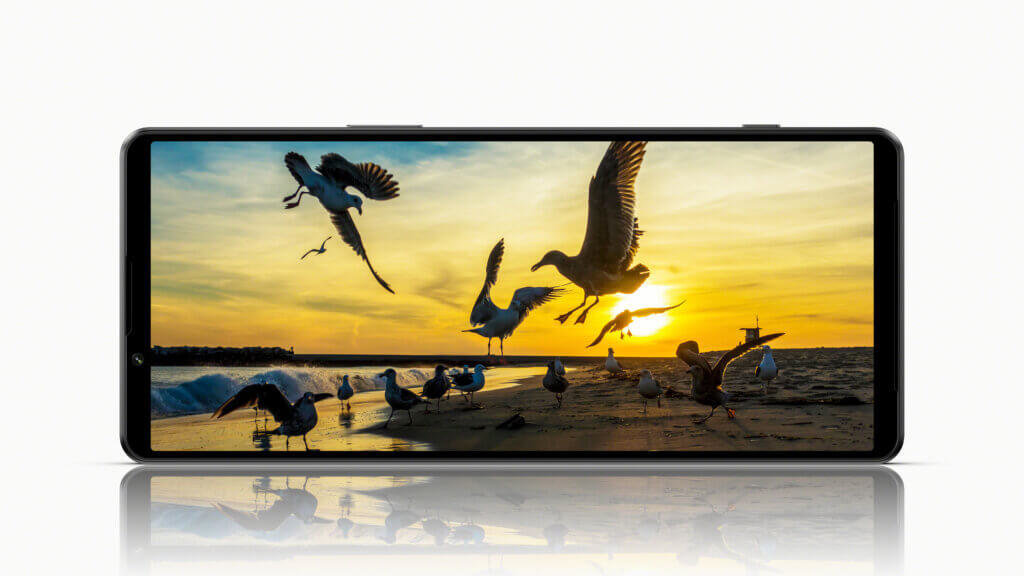
In terms of the camera technology used, Sony once again shows what is possible with many years of expertise in this field. The camera system is equipped with three focal lengths and optimised for speed. Sony has also made up for lost time in terms of battery performance, which is 4,000 milliampere hours. Small shortcomings are only the missing dual-sim function, face recognition and 90/120 hertz option.
Sony Xperia 5 II and Sony Xperia 10 II
The Sony Xperia 5 II and the Sony Xperia 10 II are smaller variants of the 6.5-inch Xperia 1 II. The Xperia 5 II has a 6.1-inch display, the Xperia 10 II a 6.0-inch display. They are particularly compact due to their smaller size. Despite the small design, the devices have high-resolution OLED displays. Here, too, the Japanese manufacturer relies on the 21:9 format and adds the 120 hertz refresh rate that is missing in the Xperia 1 II. With this, Sony once again gets more out of its large flagship and offers an upper-class smartphone in a handy format.
Repair and warranty
Smartphones are commodities. They have to do a lot every day and be ready for use in various situations. Accordingly, they can quickly become damaged. But a crack in the display or a scratch in the casing does not necessarily mean that you have to buy a new smartphone. Many things can be repaired and some are even covered by the manufacturer’s own warranty.
Sony’s manufacturer’s warranty for smartphones is valid for a period of two years. In addition to smartphones, this also covers most of the manufacturer’s other products. Many damages and their repair are covered by this warranty. However, this does not include damage caused by moisture, falling, lightning or improper use. You can find a complete list in the manufacturer’s current warranty conditions.
Images 1-3: © Sony

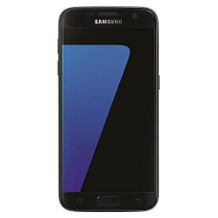
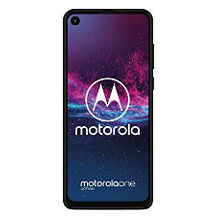
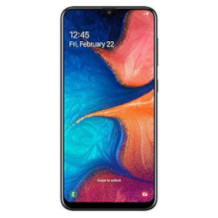
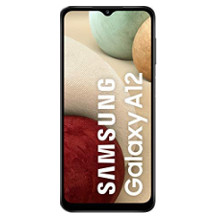
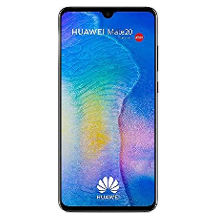

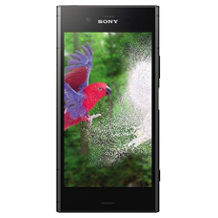
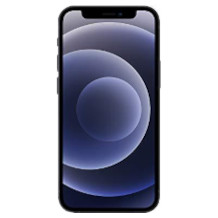
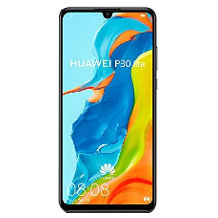
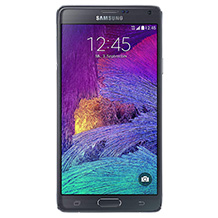

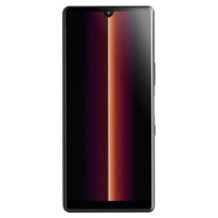
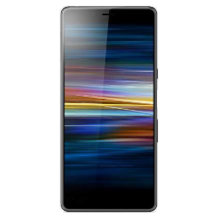
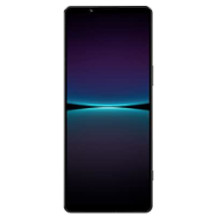
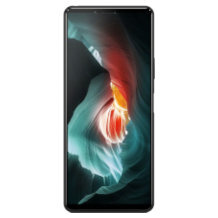
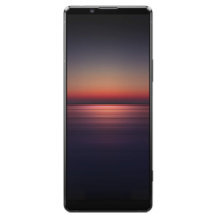
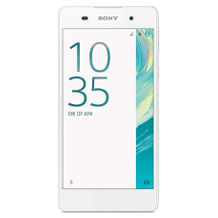

 514 reviews
514 reviews

